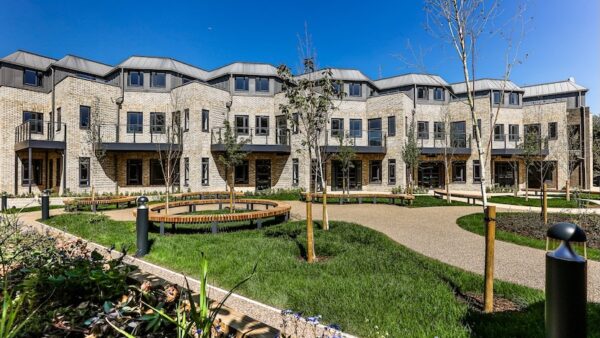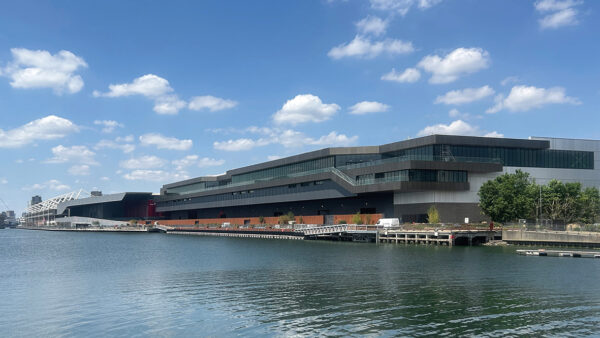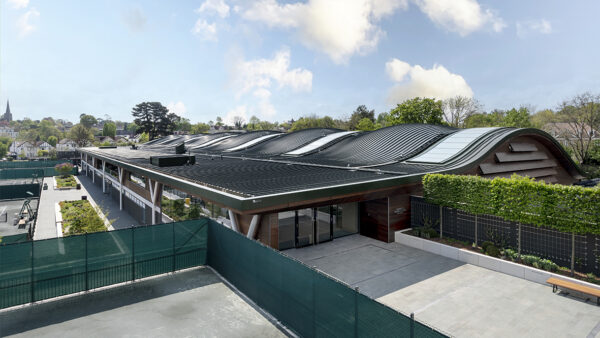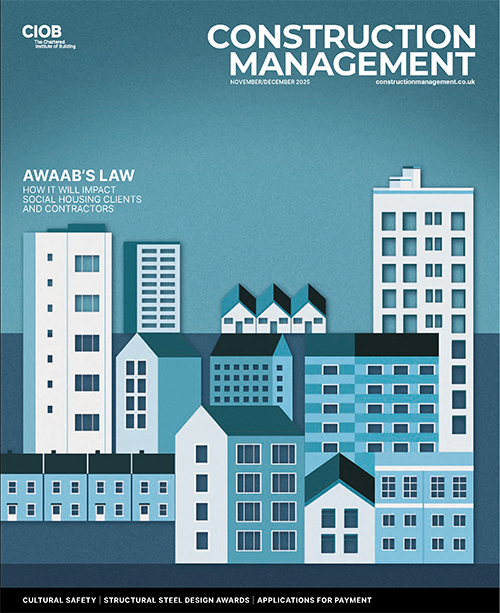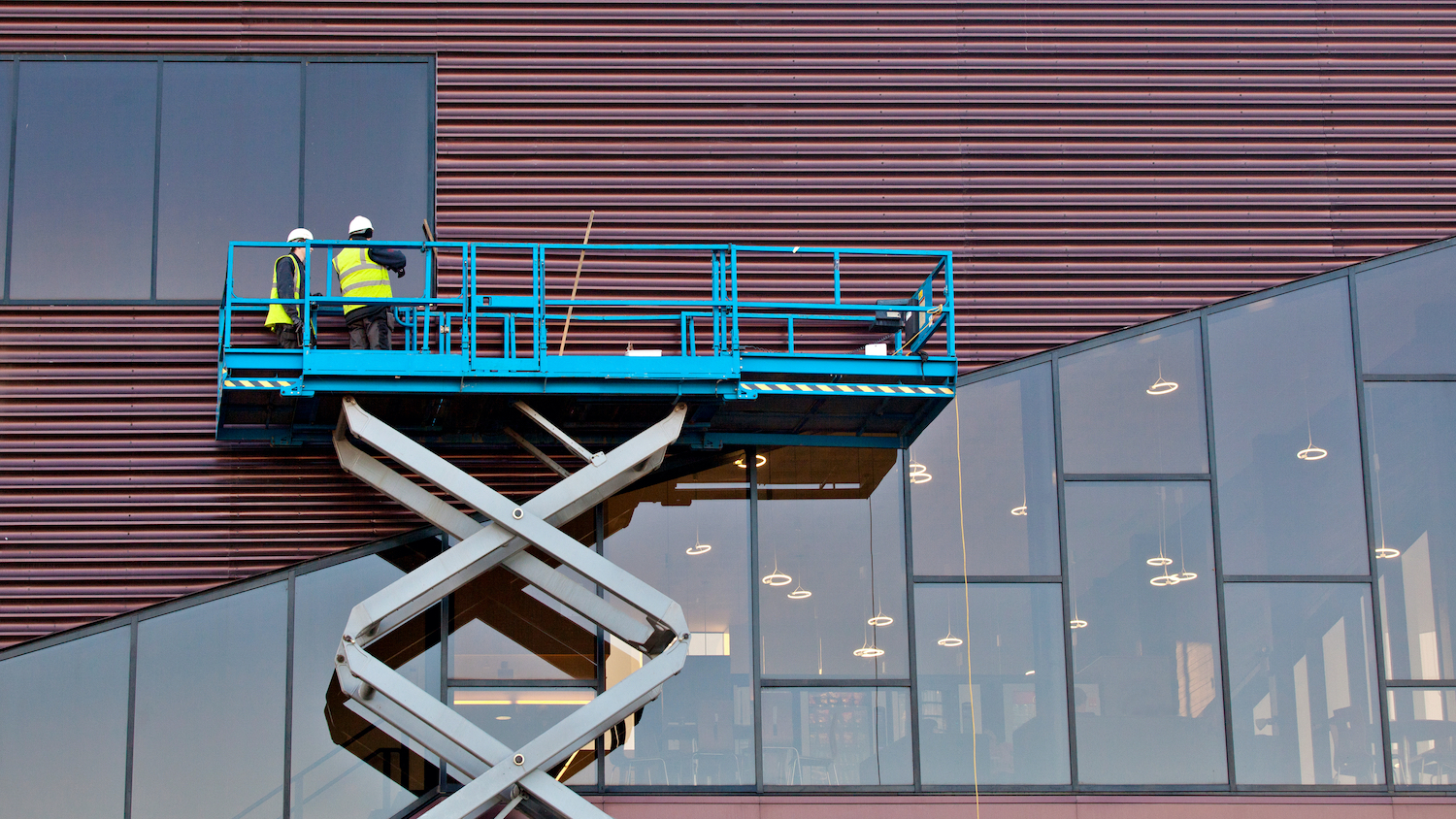Non-domestic buildings will soon need to meet more stringent energy efficiency ratings by law. Stuart Byles from fit-out and refurbishment main contractor Pexhurst explains why compliance is important for both landlords and tenants.
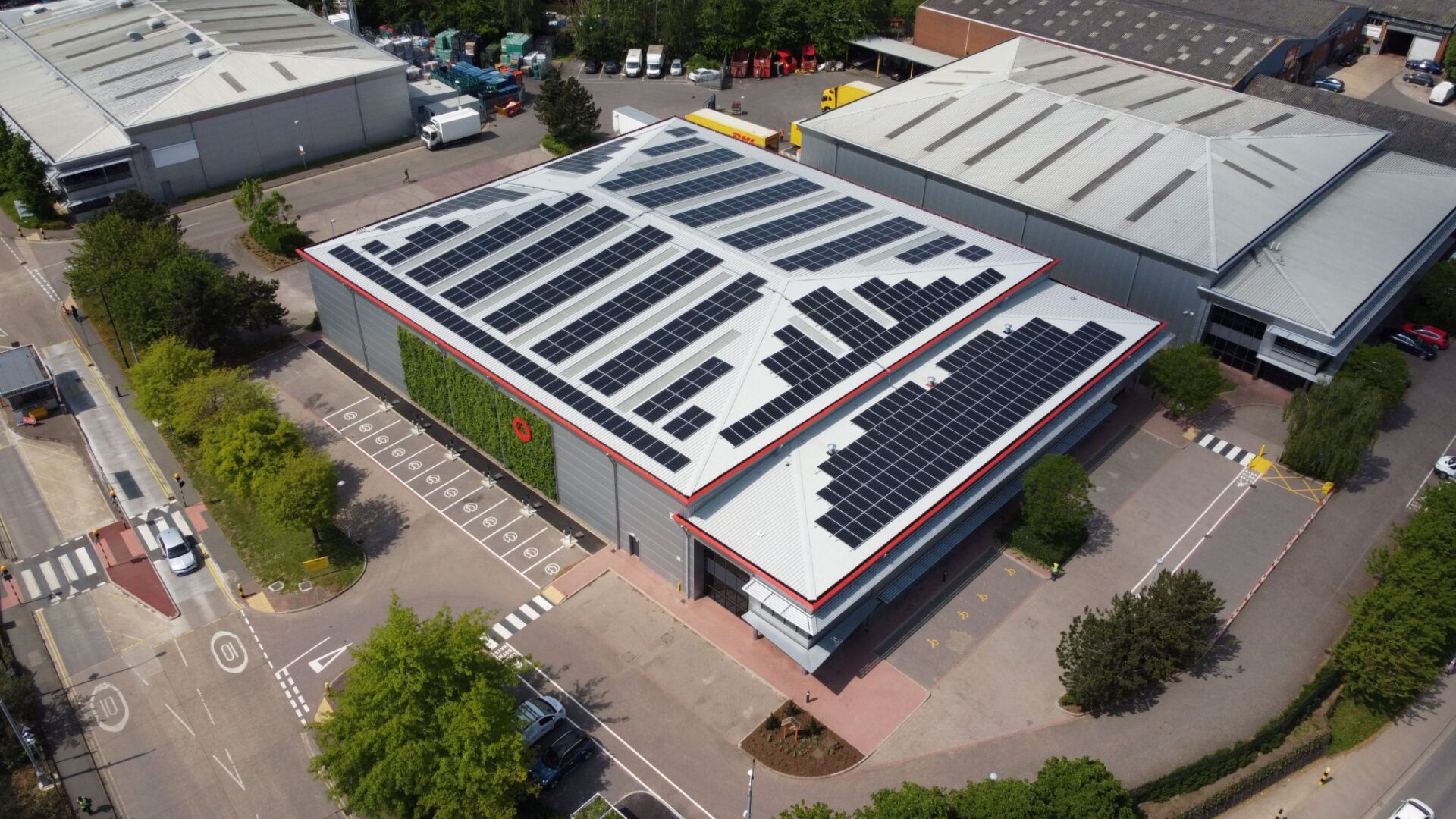
In a bid to meet net-zero targets and improve energy efficiency in commercial buildings, the government is tightening minimum energy efficiency standards (MEES) regulations – meaning all non-domestic properties will be required to achieve an energy performance certificate (EPC) B rating by 1 April 2030.
This could render up to 85% of the existing stock unlettable unless we make significant strides towards compliance. As we approach this deadline, many may be left wondering how to reach or exceed this target.
Although reaching the minimum EPC standard is, of course, a matter of compliance at its core, the benefits to both landlords and tenants go beyond simply ticking a box.
Incoming tenants will often come with their own requirements and, with uses evolving to include data centres and robotics, at the top of that list is an energy-efficient or renewable power supply.
Cost and value have a big role to play here. Energy-efficient facilities are not only going to be worth more as an asset to landlords, but they will also cost less to run for tenants – and this benefit only increases as you climb towards EPC A+.
Quick EPC wins
For landlords and asset owners, it can be hard to know where and how to start making upgrades, especially when working with an older unit, which means starting with an EPC rating significantly below the new minimum standard.
There are a number of ways planning can be approached, but ultimately, there are two key considerations that can contribute considerably when examined in tandem: system upgrades and building fabric improvements.
Internally, it all starts with stripping out old and inefficient heating systems that rely on fossil fuels, such as wet heating systems. These can then be upgraded with the installation of electric heating systems, such as air source heat pumps or panel heating.
Small power and lighting demands can also be overcome by moving to energy-efficient options such as LED lighting and PV panels.
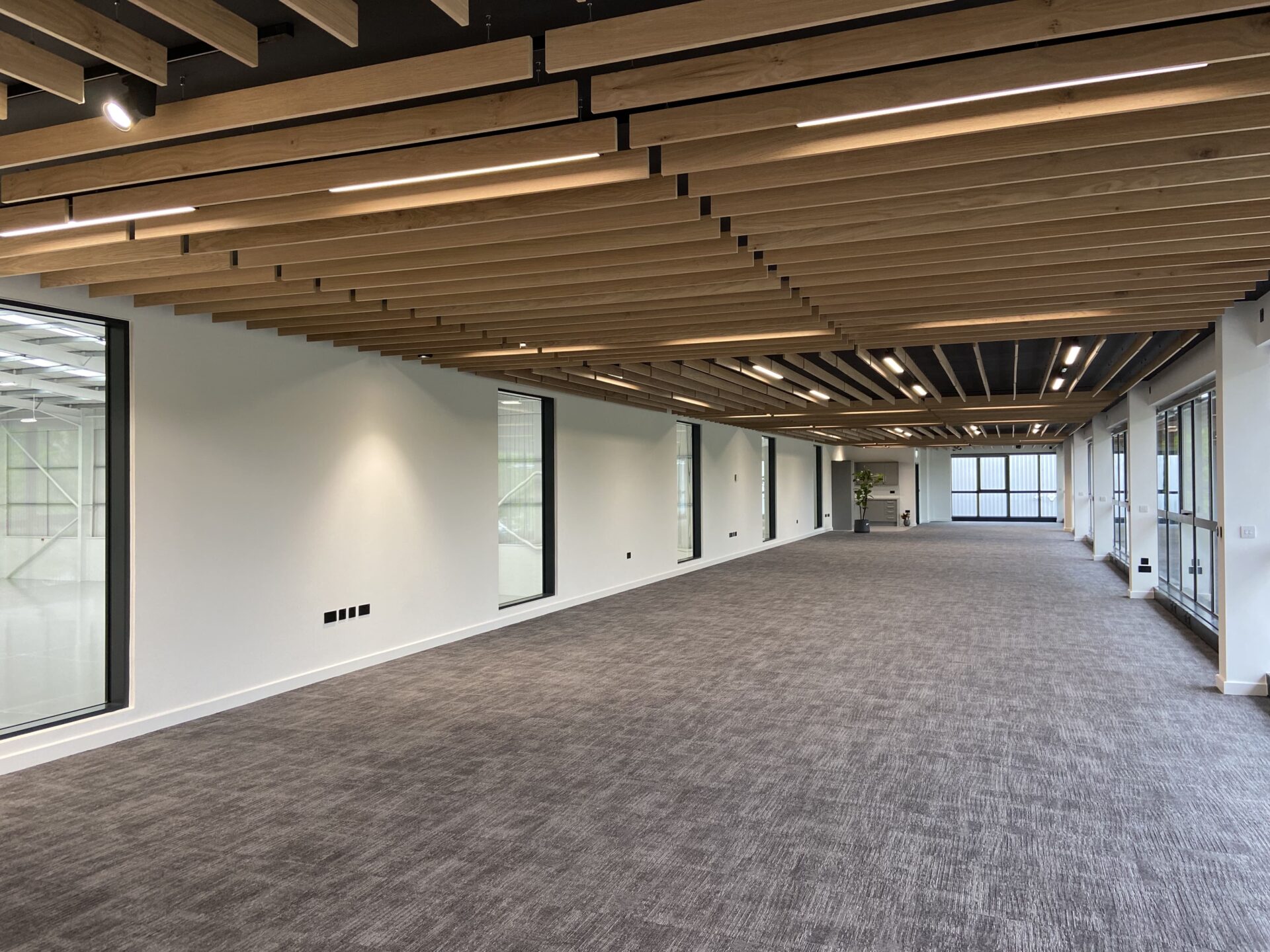
Beyond increasing efficiency, installing PV panels can also lighten the load on the finite supply from the energy grid, as many older units simply aren’t currently equipped to deal with the move away from fossil fuels.
When it comes to improving the building fabric, much of this comes down to improving insulation between heated and unheated areas, such as the warehouse floor and office space.
We can also switch out sectional doors and add oversheeting to the roof to improve thermal performance.
As a general rule, EPC assessors will look at the bigger picture rather than each upgrade in isolation. Put simply, there is little point in improving the internal systems such as heating if you’re not also going to improve thermal performance to keep the heat where it needs to be.
New build v refurbishment
For big retailers, new builds are often considered to be the way forward.
In the automated age, where many are opting for pick and pack machines and highly stacked shelves, this allows them to have a purpose-built facility that considers the associated load, space and energy requirements. However, that’s not to say that these requirements can’t be reached when refurbishing older units.
Concerns may also arise around the scope of work that can be undertaken on occupied buildings.
While nothing is impossible, it is of course easier and more efficient to complete upgrades on an empty shed to limit disruption to tenants. Because of this, we are seeing more clients taking on longer-term estate regeneration schemes using a staged approach, completing upgrades on one unit at a time as tenancies come to an end.
We’ve been given the time and opportunity to meet and exceed these requirements, so why not seize the opportunity to help attract the right tenants that will pay the right price?
Stuart Byles is a director at CIOB-chartered company Pexhurst.





